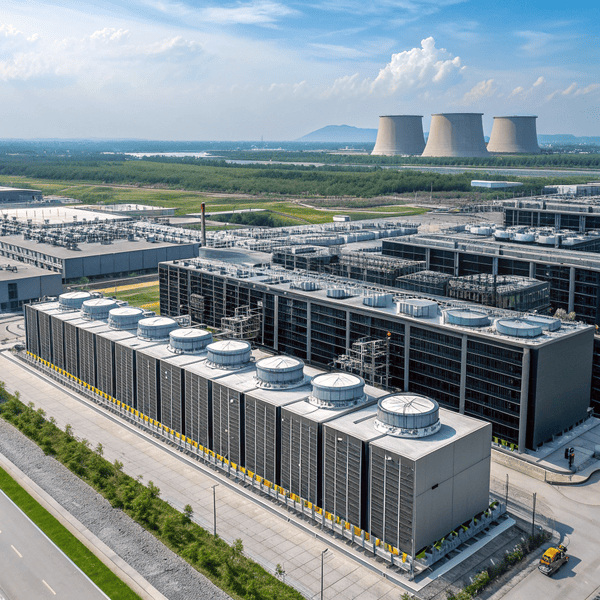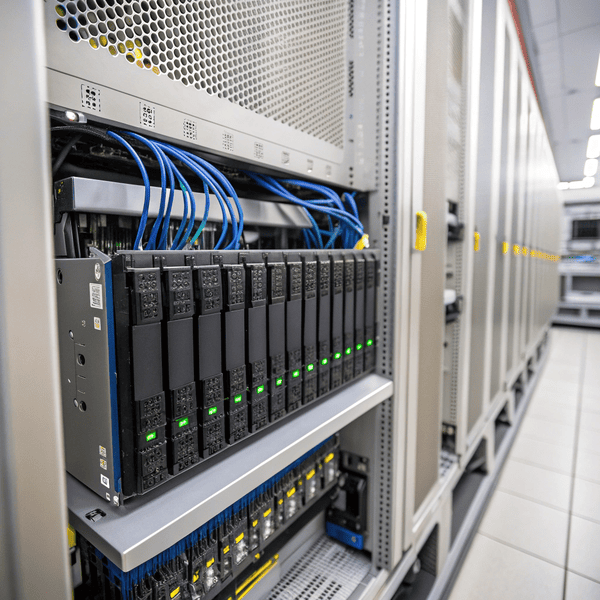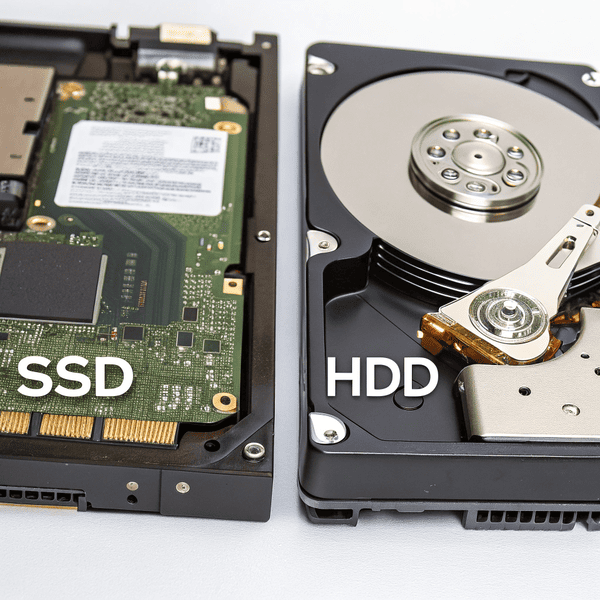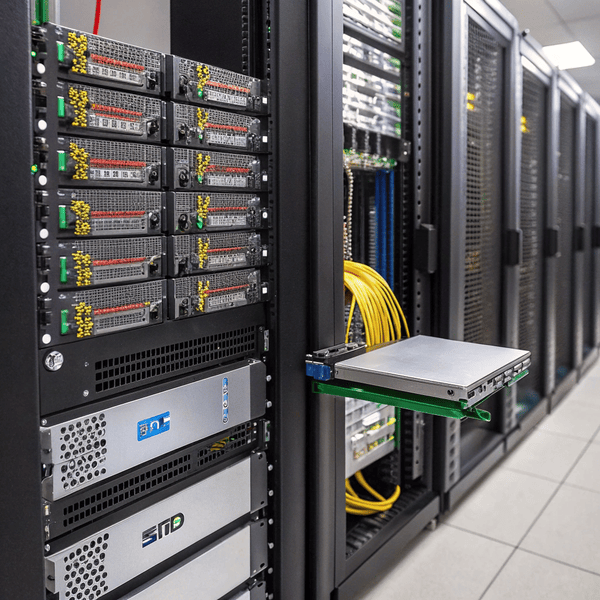Data is growing fast, but what if the world runs out of space for it? Are we getting close to that moment when we simply have nowhere left to store it all?
While data production is rising rapidly worldwide, current and future innovations in storage technology, new data center construction, and smarter use of resources make it unlikely that we will run out of physical space for data centers or digital storage anytime soon[2][4].
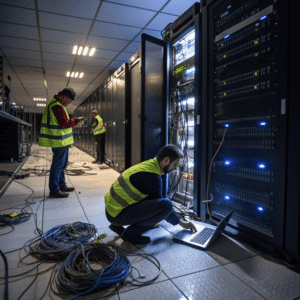
As a As a mold industry[^1] professional who cares about how technology shapes the world, I have watched as both data and the need for storing it have exploded
[^1]: Exploring the latest trends in the mold industry can provide insights into technological advancements and market demands.
professional who cares about how technology shapes the world, I have watched as both data and the need for storing it have exploded. Every year, new devices, apps, and industries add to the mountain of digital information. This makes the world wonder—can the data center industry actually keep up or are we at risk of running out of space, power, or ideas? Let's see what’s really happening.
Will we run out of space for data centers?
With so much new data every day, is there a real risk that the planet will simply run out of places to build new data centers?
It is very unlikely we will run out of space for data centers soon. Advances in storage technology, underused existing capacity, and new construction mean there is still room to grow digital storage[2][4].
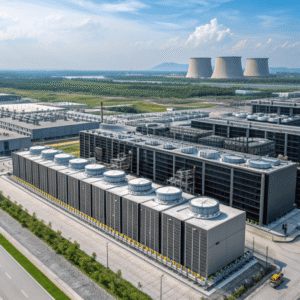
The global production of data is set to top 181 zettabytes by 2025, but this does not mean storage space will become impossible to find[2]. Why? First, many current data centers still operate below their total capacity; major tech companies often keep some space in reserve[2][4]. Second, storage devices themselves are changing rapidly: denser SSDs and new technologies (such as DNA or even atomic-level storage) are helping to store more bytes in less space[2]. Third, millions of small and medium-sized data centers worldwide add a safety margin, along with huge “hyperscale” sites which can be built vertically or in new places like disused mines[2][8]. The industry is also investigating underwater and space-based data centers. Environmental and regulatory challenges exist—like power, water, and land—but these are pushing new models and sustainable solutions, not stopping growth entirely[4][5].
| Factor | Effect on Data Center Space |
|---|---|
| Denser Device Technology | Higher capacity per device[2] |
| Untapped Facility Capacity | Wiggle room for expansion[2][4] |
| Modular/Vertical Builds | Smaller land footprint[8] |
| New Markets (Asia, Africa) | Increased global options[10] |
| Edge/Micro Data Centers | Diversified infrastructure[8] |
| Regulations/Local Resistance | Slower but not a stoppage[4][2] |
What happens if you run out of storage space?
What does it really mean for business, apps, and daily life if a company or a whole country runs out of space to store data?
If a server, company, or region runs out of storage, data processing halts, critical applications can crash, and essential services may go offline—directly affecting business, communications, and daily routines[7][2].

Running out of storage isn’t just a technical issue—it’s a business and social problem. If a server or entire center hits 100% storage, no new files can be saved, leading to application failures, lost transactions, and possibleRunning out of storage[^1] isn’t just a technical issue—it’s a business and social problem. If a server or entire center hits 100% storage[^1], no new files can be saved, leading to application failures, lost transactions, and possible data corruption
[^1]: Understanding storage management can help prevent application failures and data loss, ensuring smooth business operations.
[7][2]. For companies, this can result in legal breaches, lost trust, and severe financial damage. Internet services could experience downtime, while industrial digital systems could grind to a halt. That’s why redundancy, backup, and offsite or cloud-based storage plans are standard practice in modern IT[8]. Data is often replicated across multiple sites and multiple storage media (RAID, cloud backup, tapes, etc.) to ensure that if one location gets full or fails, work continues elsewhere[7][2].
| Scenario | Immediate Effect | Long-term Solution |
|---|---|---|
| Local server is full | App/server crash | Add storage, cleanup, offload |
| Data center cluster fills up | Loss of service, outages | Migrate or expand, data pruning |
| Country-wide shortage | Economic/tech disruption | Build new DCs, adopt new tech |
| Global hypothetical shortage | Global service failures | Massive investment, innovation |
What would happen without data centers?
Imagine a world where data centers disappear—what does that look like for business, society, and the internet as a whole?
Without data centers, the world would lose most digital services—cloud, banking, email, streaming, AI, and online transactions would halt. The backbone of the internet, modern business, and communication would break down[3][7][8].

Data centers are not optional—they have become the digital backbone of daily life. They handle 95% of the world’s internet traffic[10]. Without them, cloud computing evaporates, businesses lose tools to operate, and critical infrastructure like healthcare and banking stalls[3][10]. Industries could not reliably store, transmit, or secure data, leading to chaos in manufacturing, government, and communications. There would be a return to isolated, local servers, limiting collaboration and dramatically raising costs for storage, backup, and disaster recovery[8]. National security and economic competitiveness would be threatened as well[10][3]. As someone who’s seen how digital management is essential to mold manufacturing and trading, I know this loss would have ripple effects on even the most traditional industries.
| Service/Function | What Happens Without DCs |
|---|---|
| Cloud storage, apps, banking | Instantly unavailable |
| Industrial & manufacturing ops | Disrupted, lose automation/data |
| Social media, streaming, messaging | All go offline |
| AI training, analytics | Ceases due to lack of power/storage |
| Internet backbone/global traffic | Most connections severed |
| Business continuity, disaster recovery | No backup, permanent loss risk |
Conclusion
While challenges exist, data centers are still expanding, new technology keeps raising storage efficiency, and foundational digital services are not at risk of running out of physical or virtual space for storage in the foreseeable future[2][4][8].

